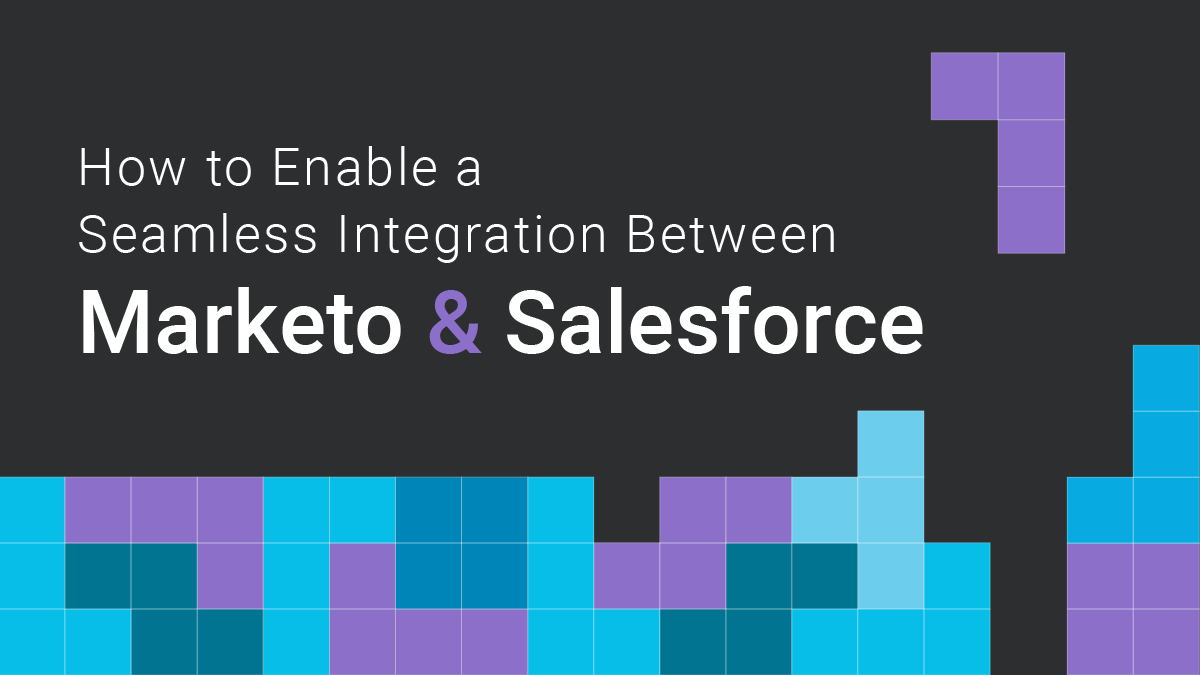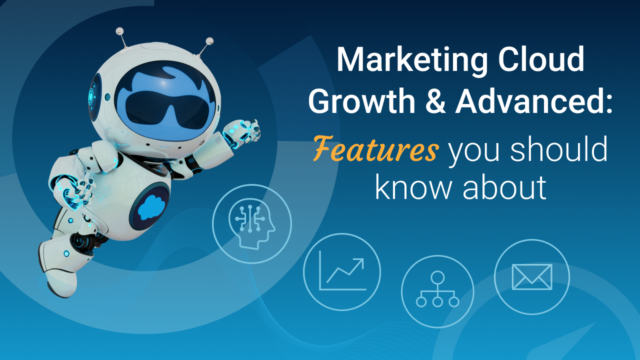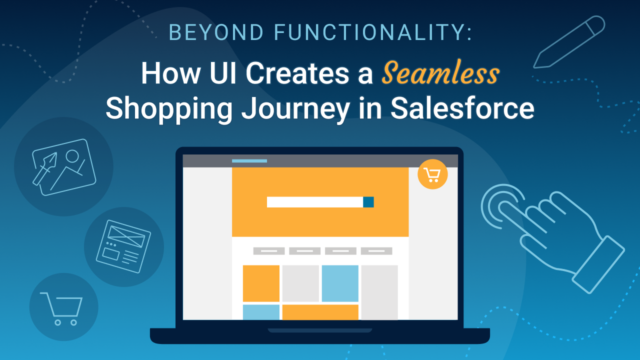It is crucial for a marketing organization to be able to manage and communicate with prospects and customers at every stage of the customer journey. To achieve this, you have to have the right marketing tools and processes in place. With Salesforce as the central hub of information for many organizations, ensuring your marketing automation platform is integrated with Salesforce is key. In this article, we will cover five tips on how Salesforce and Marketo can be integrated seamlessly. If you just bought Marketo and are looking to integrate it with Salesforce this post is a must-read.
Start with the Basics
As with any integration project, start by outlining strategic goals. As an organization, think about the problems you want to solve with the new integration. Think about how Salesforce and Marketo can work together to address your business goals. It’s important to have representation from the relevant departments involved in these conversations so expectations are aligned and requirements aren’t missed.
Make sure to set SMART goals and the milestones that you want to achieve at the end of months one, three, and six. These milestones may change based on your organization’s sprint schedule and depending on how fast you can get up and running with Marketo.
If you are working with a Marketo implementation partner, make sure you have a common understanding of deliverables and that they are well defined in your statement of work (SOW). A common mistake we see organizations make is not including other stakeholders when developing the implementation plan. The availability of your Salesforce team is a critical component of your implementation roadmap. Make sure to involve them in advance, so they understand the requirements for the Salesforce and Marketo integration and plan their resources accordingly.
How the Salesforce and Marketo Sync Works
The standard out-of-box integration is straightforward, and Marketo has great documentation on this with well-defined steps. However, before the integration is turned on, make sure your team understands how the sync works and what kind of data will be synced between platforms (data will be discussed in the next section).
The Salesforce and Marketo integration is bi-directional and syncs with both standard and custom objects. A default integration supports sync between the following objects: Lead, Contact, Account, Opportunity, Campaigns, Activities and Custom Objects. The default sync cycle happens every five minutes; which means any updates in both platforms will be synced in five-minute intervals.
You can increase the sync cycle by submitting a ticket to Marketo support, but unfortunately, you can’t change it to be less than five minutes. In some cases, your service level agreement (SLA) may require you to follow up with leads in a shorter period of time. In this case, the best practice is to make changes in your programs so those leads will get priority to sync once a new lead is created in Marketo.
Use a Dedicated Integration User
The integration between Salesforce and Marketo happens via a Salesforce user license. All settings related to the Salesforce user are enabled in Marketo. Before you enable the connection, make sure to verify with your Salesforce team that the Salesforce user has the correct visibility and permission settings. We recommend using a Dedicated Integration User instead of any Salesforce user license. Not familiar with this term? Check out this article about the importance of having a dedicated integration user in Salesforce before you kick off your next Salesforce integration project.
Once you authorize the connection, it will connect the two platforms and data will start to flow between them. A Sync user with generic permission may bring a massive amount of data to Marketo, some of which you may never use. To avoid this problem, you need to prepare a list of fields you plan to use for your emails, nurture programs, landing pages, and forms. Share this list with your Salesforce team and have them validate and sign off on the configuration before the sync is enabled.
It is also important to mention that each Marketo instance can be integrated with only one instance of Salesforce. Once you turn on the sync, you cannot switch to another instance.
Identify What Data Needs to be Synced
With each integration, it is important to understand what data needs to be passed between Salesforce and Marketo. You do not need every field and record that your organization keeps in Salesforce. Be strategic and sync only the records that you will be using in your marketing programs. For example, you do not need to sync leads or contacts without an email address or bounced email address from your old customers. Remember, every record in Marketo counts against your database limit.
Though it is not covered in the official setup documentation, there is a way to prevent unwanted records from being synced to Marketo. You need to work with your Salesforce team to create a new custom checkbox field in the Lead and Contact objects. The status of this field will determine if a record will be synced to Marketo or not. To deploy a custom sync rule you need to open a case with Marketo support and ask them to add this configuration for your instance. Once enabled, you can go ahead and remove the records that you no longer need in Marketo. Salesforce will not add them to Marketo next time it syncs.
Leverage Support and Community Resources
Salesforce and Marketo have great online resources that can help your team with onboarding or any technical questions. Each platform has its own strong and engaged communities. These communities should be your first stop if you are looking for an answer and want to learn about best practices, benchmarks, or share your experience.
Depending on your agreement with each platform, you may be eligible to get a dedicated customer support line that you can reach out to 24/7. Keep in mind the support teams will mainly solve your technical questions. If you are looking for help to set campaigns or need assistance running your programs, you should check out training materials available for Salesforce and Marketo.
Wrap Up
Hopefully, this article provided you with actionable insights and answers to some of your questions. As always, if you have any questions about this article or how Salesforce and Marketo can be integrated seamlessly, drop us a line today.



